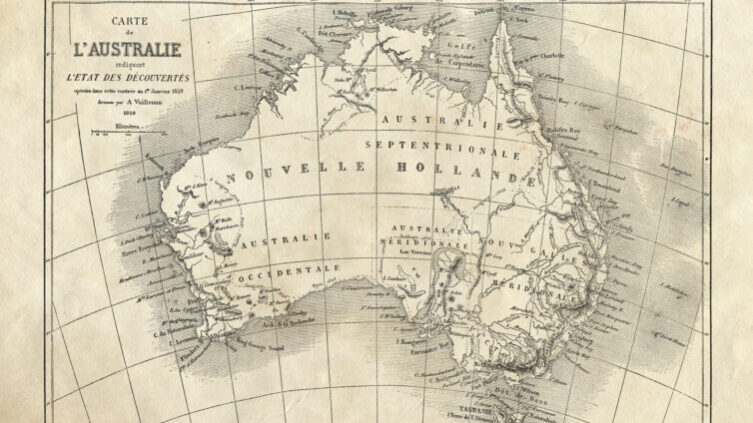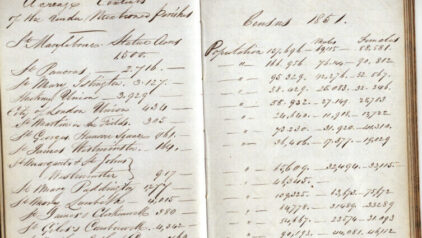

If you suspect your roots trace back to Australia — whether through immigrants, settlers, or convicts — you’re in luck: Australia offers a rich network of archives and historical records that can help you uncover your family’s past. This step-by-step guide will help you make the most of those resources while showing how MyHeritage can support and accelerate your search.
Step 1: Start with what you know
As with any family history research, begin with the details you already have. Whether your family lived in Australia for generations or a single ancestor spent a brief time there, the starting point is the same: gather names (including aliases), birth and death dates, immigration details, places of residence, occupations, military service, or any known interactions with government institutions.
Be sure to record alternate spellings, nicknames, or misheard names — these can make a difference when searching in official records.
Step 2: Search the National Archives of Australia (NAA)
The National Archives of Australia is a key resource for records related to immigration, naturalization, military service, Indigenous history, and interactions with Australian government authorities.
The NAA holds millions of documents, many of which have been digitized and are searchable online. Their RecordSearch tool and topic-based research guides can help you navigate collections more efficiently.
Keep in mind: some records (especially military or post-WWII immigration files) may be held in physical repositories and not yet available online.
Step 3: Use smart search strategies
Australian archives don’t always behave like a modern search engine. Surnames, maiden names, and date ranges are your best starting points. Try variations on name spellings or use wildcards to account for transcription errors.
Some collections allow you to filter by date, location, or record type. Others — like immigration photos or prisoner records — may be indexed by keywords. Explore different search paths to increase your chances of success.
Step 4: Understand access levels
Records in the NAA fall into four categories:
- Open: Viewable online or requestable without restriction.
- Open with exceptions: Minor redactions due to privacy.
- Not yet examined: Must be reviewed before access is granted.
- Closed: Restricted for legal or privacy reasons.
If a record is marked “not yet examined,” you can submit a request to have it reviewed. Most records become accessible 20 years after creation, governed by the Freedom of Information Act. Expect a processing time of up to 90 days.
Step 5: Plan an in-person visit
If you’re deeply committed to uncovering every possible detail, visiting Australia can unlock additional resources. State archives, libraries, and local historical societies may hold region-specific documents not available online.
However, many facilities require advance notice to retrieve archival materials. If you plan to visit, check each institution’s website for procedures and request lead times — often up to a week.
Use MyHeritage to jump-start your research
Before diving into government archives, MyHeritage offers a faster, easier way to start your Australian family history search. The platform includes millions of Australian records, including:
- Electoral rolls
- Passenger lists
- Birth, marriage, and death indexes
- Military and burial records
The powerful search tools on MyHeritage allow you to explore these records across collections, even when you’re not sure exactly where in Australia to begin. You can filter by name, date range, place, and record type — and often find transcribed and indexed information that makes browsing much easier than working directly through fragmented government databases.
Final tip
Australian archives are rich with possibility — but they also take time and persistence to navigate. Starting with MyHeritage can streamline your path and help you uncover leads that guide deeper archival searches. Whether you’re exploring convict history, immigration records, or local family stories, combining modern technology with historical research tools is the most effective approach.










